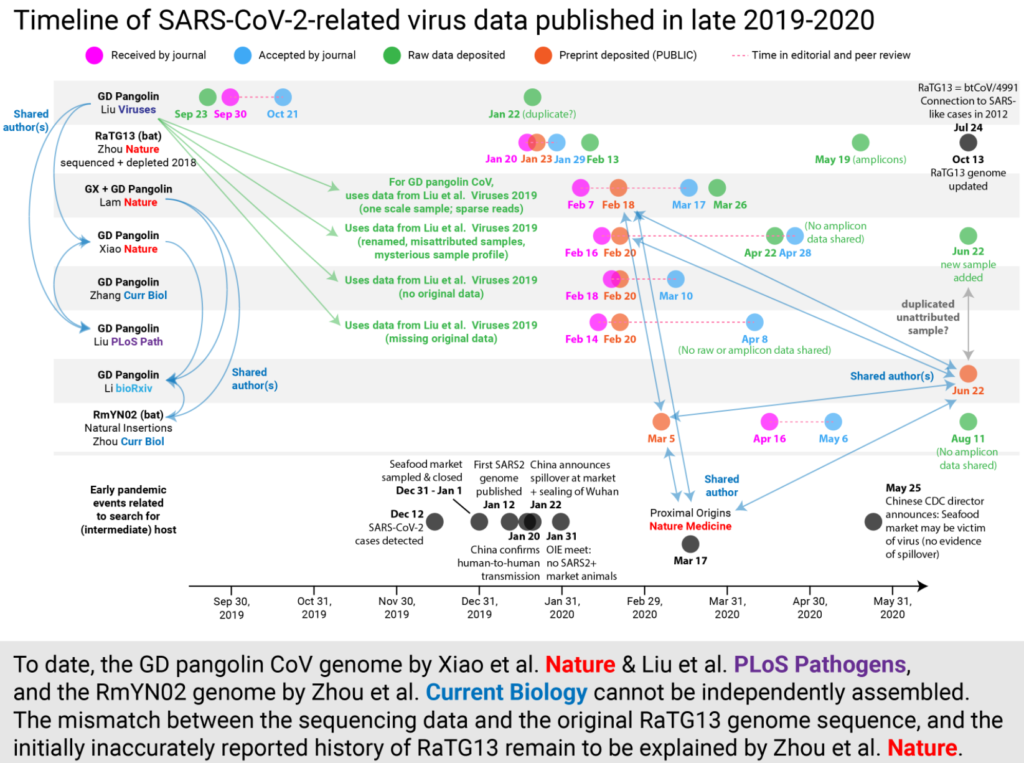Link:https://astralcodexten.substack.com/p/ancient-plagues
Excerpt:
But the 1918 Spanish flu has, as far as I know, legitimately died out. Lots of people like saying that in a sense it’s still with us. This NEJM paper (with a celebrity author!) points out that it’s the ancestor of all existing flu strains. But most of these flu strains are less infectious than it was. This didn’t make sense to me the first, second, or third time I asked about it: why would a flu evolve into an inferior flu? Sure, it might evolve into a less deadly flu because it’s perfectly happy being more infectious but less deadly. But I think the Spanish flu was also especially infectious; so why would it evolve away from that?
One possible answer is “because by 1919, everyone had immunity to the 1918 flu, so it evolved away from it – and now nobody has immunity, but it lost the original blueprint.” The 1918 flu was a really optimal point in fluspace, but during all of history up until 1918, the flu’s evolutionary hill-climbing algorithm didn’t manage to find that point, and since flu has no memory it’s not going to be any easier for it to find it the second time, after it evolved away from it. So plausibly, existing flus are strictly worse at their job than Spanish flu was, and digging up an intact copy of the latter would be really bad.
And then there’s smallpox. No mystery why smallpox died out – we killed it. But then we stopped vaccinating people against it, and now if it comes back it would be really bad.
Author(s): Scott Alexander
Publication Date: 14 Dec 2021
Publication Site: Astral Codex Ten

